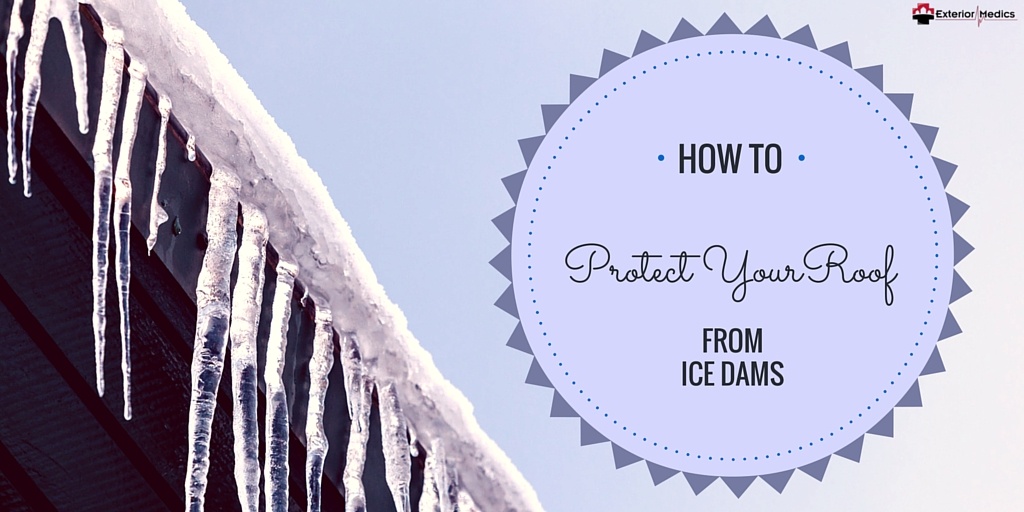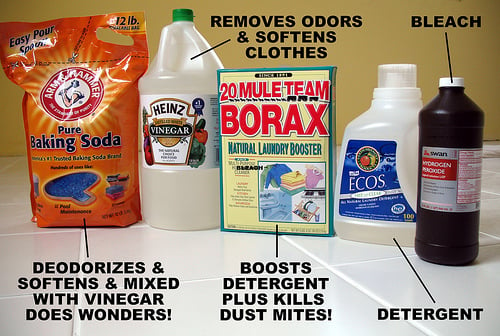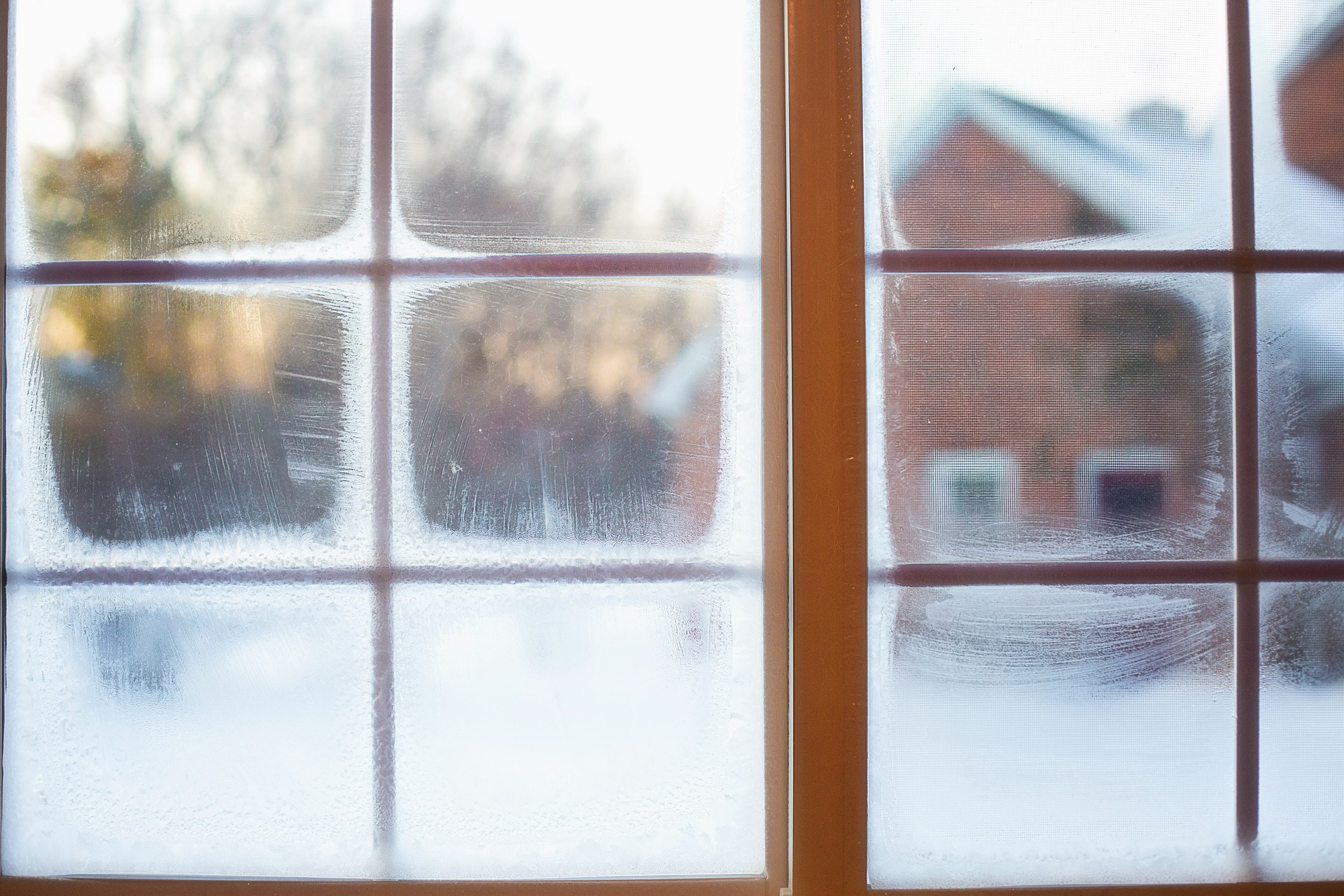Well that was a heck of a winter storm! Now that you're in recovery mode from "Jonas" (who pummeled us so unforgivingly this weekend), one thing you should definitely pay attention is the ice and snow on your roof. Don't let the ice and snow lead to dangerous and costly ice dams on your roof.
Icicles and snow-covered roofs make for inviting winter scenes in holiday pictures, and a great survival story from the heavy blizzard we survived over the weekend. Unfortunately, these somewhat mesmerizing ice formations on on your roof and gutter can also indicate major problems underneath all that snow.
Ice dams, a frozen wall of ice formed at the edge of your roof, can cause serious damage to both the exterior and interior of your home. Knowing how to eliminate existing ice dams, and prevent new ones from forming, is a must if you live in an area where freezing temperatures are a regular occurrence.
What Causes Ice Dams?
The heat inside your home will naturally rise, where it meets the roof and causes the snow on top to melt. But when the melted snow flows down to the edge of the roof, which is much colder, it will refreeze and begin to form a dam. The more snow, the more water and the more ice. Water will eventually accumulate behind the dam. Once the pool of water reaches the area where the roof is still warm, it will stop freezing and form a puddle.
Depending on the amount of snow you get and the amount of heat loss in your home, an ice dam may take some time to develop. But when it does, it can begin to cause serious damage if it is not removed. The water and ice can lead the gutters to collapse, and the water will eventually make its way underneath the shingles and into the home's interior. Soaked insulation, mold, wet walls and floors, rotting wood – all of these can result from water penetration into the home.
How To Prevent Ice Dams
The best way to deal with ice dams is to make sure they never happen in the first place. There are several things you can do to prevent ice dams, including:
Removing snow from the edge of your roof.
Remove the snow from the edge of your roof after each snowfall, or as it accumulates. You can buy a snow rake and scrape the snow back around four feet from the edge of the roof to make the ice dam less likely to form.
Clearing out your downspouts.
You want to make sure your downspouts and gutters are clear of debris so that snow and water can flow freely from the edge of your roof. Functional gutters and downspouts won't prevent all ice dams, but they can help.
Ventilate your attic and install insulation.
While clearing off snow and keeping gutters clean is useful, a more permanent solution is to improve the airflow underneath your roof and minimize heat loss from your home. The combination of these two things can significantly reduce the chance ice dams forming.
Installing a ridge vent and vents along the edge of the roof allows cold air to circulate under your roof, which will help keep the roof cool and prevent snow melt. Adding insulation to the floor of the attic will keep heat down in your house, where you actually need it, and prevent it from rising to the roof.
Address heat loss in other areas.
Insulating the floor of the attic is the most important part, but you can also look at other areas where heat may be leaving the interior and heading to the roof. You can make sure the hatch to the attic is well-sealed, replace old recessed lights – which give off lots of heat – with lights that are insulated, and make sure all ducts are sealed and insulated.
How To Remove Ice Dams
You can remove the ice dam yourself if you can get to it, but be warned – it can be dangerous to go climbing up ladders in the snow. Don't try to chip away at it with a hammer or anything, which can cause further damage. You need to melt the ice using calcium chloride, a material that is safe for your roof. You can place the calcium chloride in a water permeable material, like a nylon stocking, and lay it along the dam to start the melting process.
For most people, it is safer and easier to contact a professional to remove ice dams. The professional will use steam to remove the dam, which avoids any damage to plants and other materials below the edge of the roof. The contractor can then help explain your options for more preventative measures, and let you know what it will cost to protect your home for the long-term.












Comments